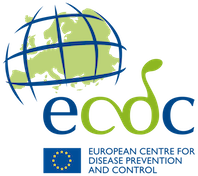Field Epidemiology Manual in PDF format
This resource is a Field Epidemiology Manual in PDF format. It aims to support field epidemiologists on their field or desk assignments. This content was created by a community of epidemiologists between 2010 and 2018 in a Wiki format. ECDC had a community support role in this activity and takes no responsibility for the accuracy or completeness of the content.

 Historical facts of FEM Wiki
Historical facts of FEM Wiki